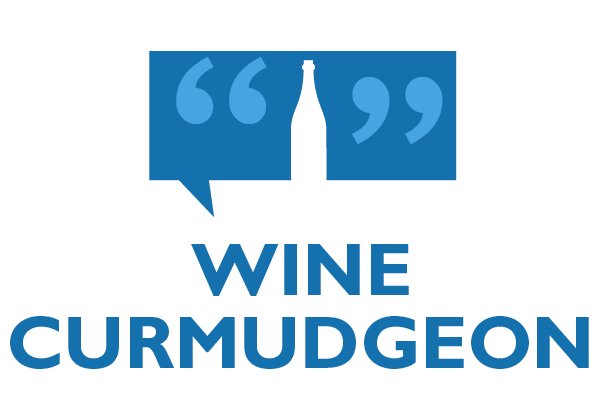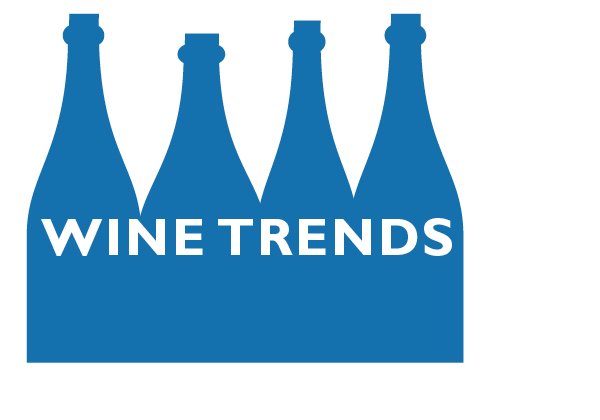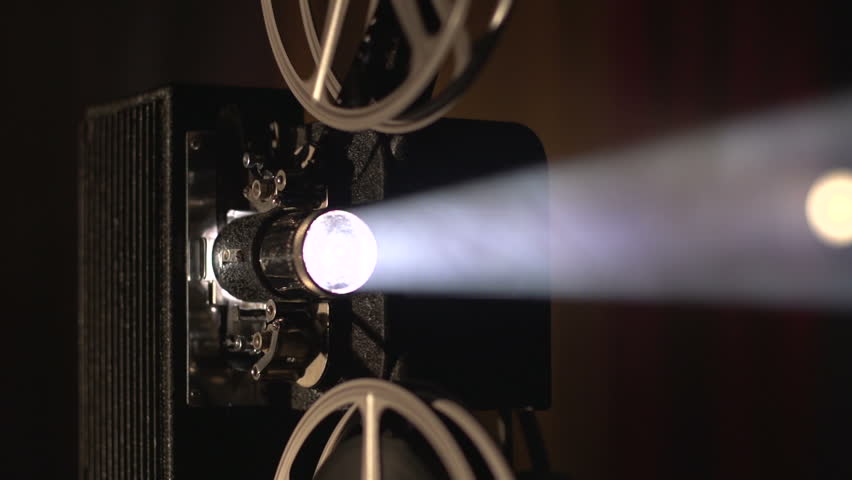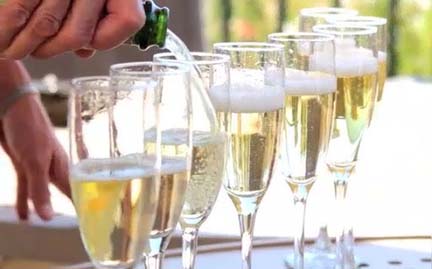Angeline Winery: Value, quality, and honest wine
 Four wines worth drinking, for value and cost, from California’s Angeline and Martin Ray wineries
Four wines worth drinking, for value and cost, from California’s Angeline and Martin Ray wineries
Maybe it’s because winemaker Bill Batchelor was an anthropology major in college. Maybe it’s because Angeline Winery and its sister label, the high-end Martin Ray, are not corporate in any way, shape, or form. Or maybe it’s because someone in California understands quality is not about what the hipsters are drinking, but about making honest wine.
Regardless, my visit last month with Batchelor during his trip to Dallas was almost too much fun. Imagine a winemaker who barely mentioned scores once during our chat, and you’ll get the idea.
“One of the things we keep in mind is that we don’t want to chase trends,” says Batchelor. “We want our wines to represent the place where they came from.”
All of the eight wines I tasted demonstrated that approach, and even the most expensive offered value in addition to quality and terroir. Among my favorites:
• Angeline Reserve Pinot Noir 2016 ($16, sample, 13.9%): I’ve been bellyaching for years about how few pinot noirs that cost less than $25 taste like pinot noir, but this spring has seen four or five to reverse the trend. This is classic California pinot noir – not as earthy as Burgundy or as zesty as Oregon, but with fresh raspberry fruit balanced by bright acidity and just a hint of oak at the back. Highly recommended.
• Angeline Reserve Sauvignon Blanc 2016 ($13, sample, 13.8%): This white has more tropical and stone fruit flavors than the typical California sauvignon blanc, but that just makes it more interesting. And it, too, is balanced, so that that it remains fresh despite the softer fruit flavors.
• Angeline Rose of Pinot Noir 2016 ($13, sample, 12.5%): This rose does the always reliable Charles & Charles one step better – some floral aromas (orange blossom?), plus candied strawberry fruit and a crisp citrus finish. Highly recommended.
• Martin Ray Synthesis Cabernet Sauvignon 2014 ($50, sample, 14.8%): This is a Napa Valley cabernet (with a smattering of cabernet franc and petit verdot) that tastes like wine and not a chemistry experiment designed to get the highest score possible. Look for blueberry and plum fruit, an herbal something or other, and just the right amount of oak to support everything that is going on. Also impressive: the wine handles the high alcohol nicely, and it doesn’t get in the way. Ready to drink now, and should age for at least two or three more years.









These labels are at the forefront of the Winery Direct program at Total Wine & More. I’m struggling with the concept of them not being “corporate” when you consider the volume produced and their chosen focus for distribution. (I agree on the quality of the wines.)
Thanks for the comment. You bring up a point that has bedeviled all of this who care about quality — how big is big these days?
Angeline does 300,000 cases a year, which used to be a lot and today is mid-range. I had one prominent producer tell me that distributors only care about producers who do one-half million cases a year — everyone else is too small.
And that the winery sells to a large retailer like Total — is that good or bad? Does it matter? Should the winery be penalized for that?